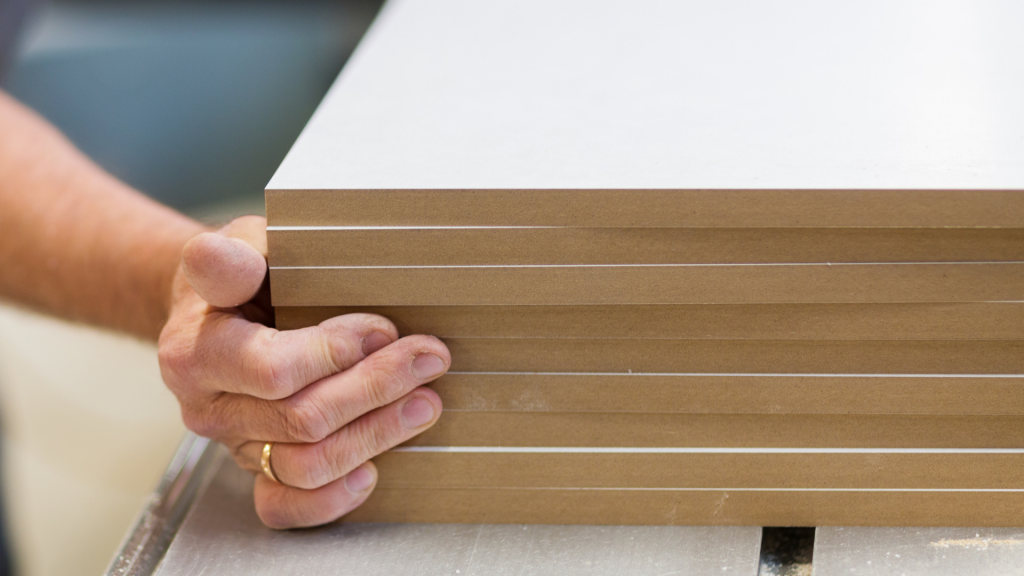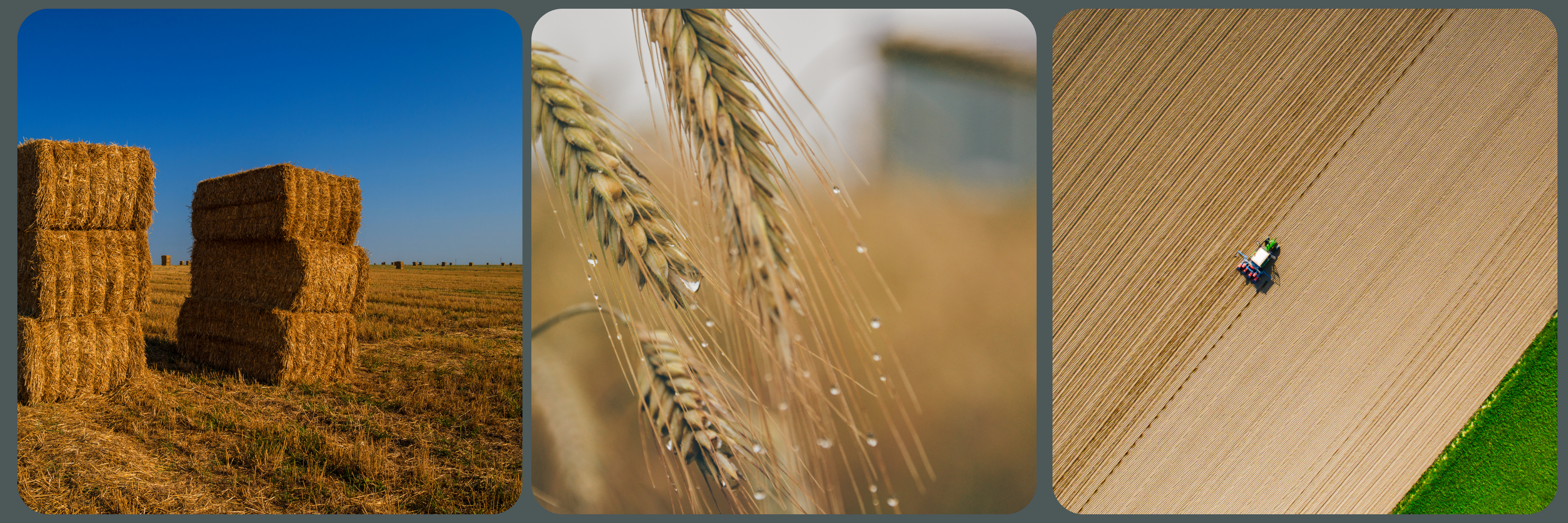FAQs
The Most Common Questions We Field

We Have Answers
Thank you for your interest in our company. We know you have a lot of questions about Great Plains MDF and what we plan to do. We hope you’ll find most of your answers here.

We are planning to construct our $800 million dollar mill in Equity, Alberta. We expect to make an announcement about the specifics in the coming weeks.
We anticipate construction starting in 2025, with our mill being operational by 2028.
We are planning to acquire approximately 500 acres of which will house buildings of close to one and a half million square feet and feature two continuous MDF press lines measuring 70 metres & 40 metres. It will be one of the largest MDF facilities in the world.
We estimate creating at least 350 jobs directly and up to 1000 indirect jobs for Alberta’s economy.
Wheat straw is the leftover stalks from harvested wheat. Sometimes it’s left on fields or used as animal bedding. In. many countries, excess wheat straw is burned. If it is left to go fallow or burned, the straw will release significant greenhouse gas (GHG) emissions.
Our plan is to have our straw collected on farms within a 150km radius of our plant. We will work with our farmer partners to develop a system with multiple supply options that meet our needs and respect their existing business models. If a farmer outside this radius has large quantities of straw to sell us we would be interested in hearing from them.
In our first year, we expect to need 200,000 tonnes of straw for a partial production year. At full capacity, we will need 2500 metric tonnes of straw fibre per day, or 800,000 metric tonnes per year to produce our top quality MDF.
Given how much MDF we plan to produce, we estimate we will displace approximately 2 million metric tonnes of greenhouse gases (GHG’s) each year from being emitted into our atmosphere. That’s the equivalent of taking 430,000 cars off the road or planting 1 million trees! This value grows year over year.
Please call our VP of Infeed Operations Daryl Poulsen @ 587-897-2362 or email dpoulsen@greatplainsmdf.com ***Please note that Great Plains MDF will be purchasing straw from farmers on a first come, first serve basis.
We ask that farmers go to our SURVEY page by clicking here and please fill out the form. Please contact Daryl Poulsen @ 587-897-2362 or dpoulsen@greatplainsmdf.com with any questions you may have.
The Great Plains team expects that our first plant will qualify for carbon credits on a number of fronts.
Our proprietary method uses residual agricultural waste, we avoid using trees that would otherwise have been used to produce MDF, and we use substantially less manufacturing energy than standard because of our innovative facility. These measures allow us to achieve significant greenhouse gas (GHG) reductions.
We anticipate GHG reductions on the order of 42 million tonnes over a 20 year timeframe.
Medium density fibreboard (MDF) is traditionally made out of wood fibres. It is basically everywhere in your home or office. It’s commonly used in furniture, panelling, flooring and kitchen cabinets.
Unlike trees, straw is an annually renewable resource. Through years of vigorous testing & patenting of a process, our experts have found that the composition of straw makes a comparable product to wood-based MDF. In fact, straw-based MDF is just as strong as wood-based MDF, with a lower density.
Additionally, our MDF will use a no formaldehyde added adhesive, a big difference from many of our competitors.
We’ve tested barley, oats, and canola. Our research continues, and we are open to working with these grain straws in the future.
The facility will produce 400 million square feet of MDF annually.
We expect our pricing to be extremely competitive in the current and future MDF marketplace.
Yes, our sales team will be happy to send out samples once our mill is up and running.
We encourage anyone interested in Great Plains MDF developments to sign up for our newsletter and follow our LinkedIn page for the latest.
